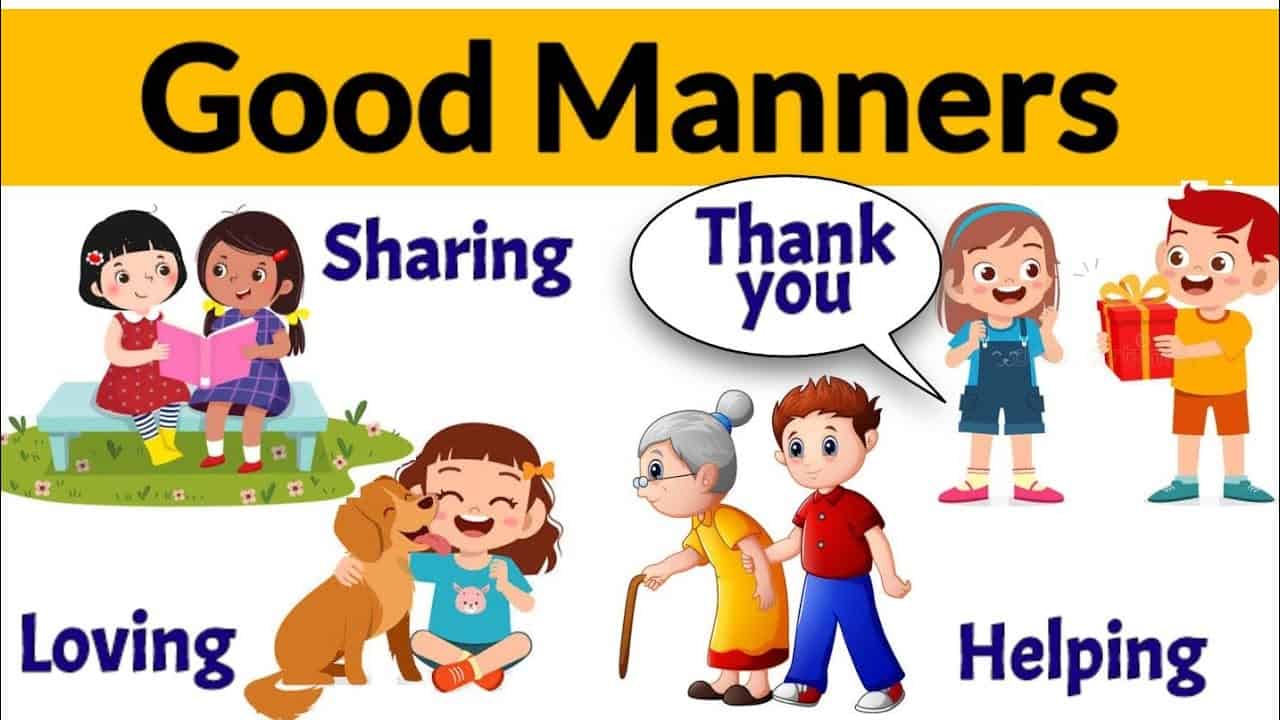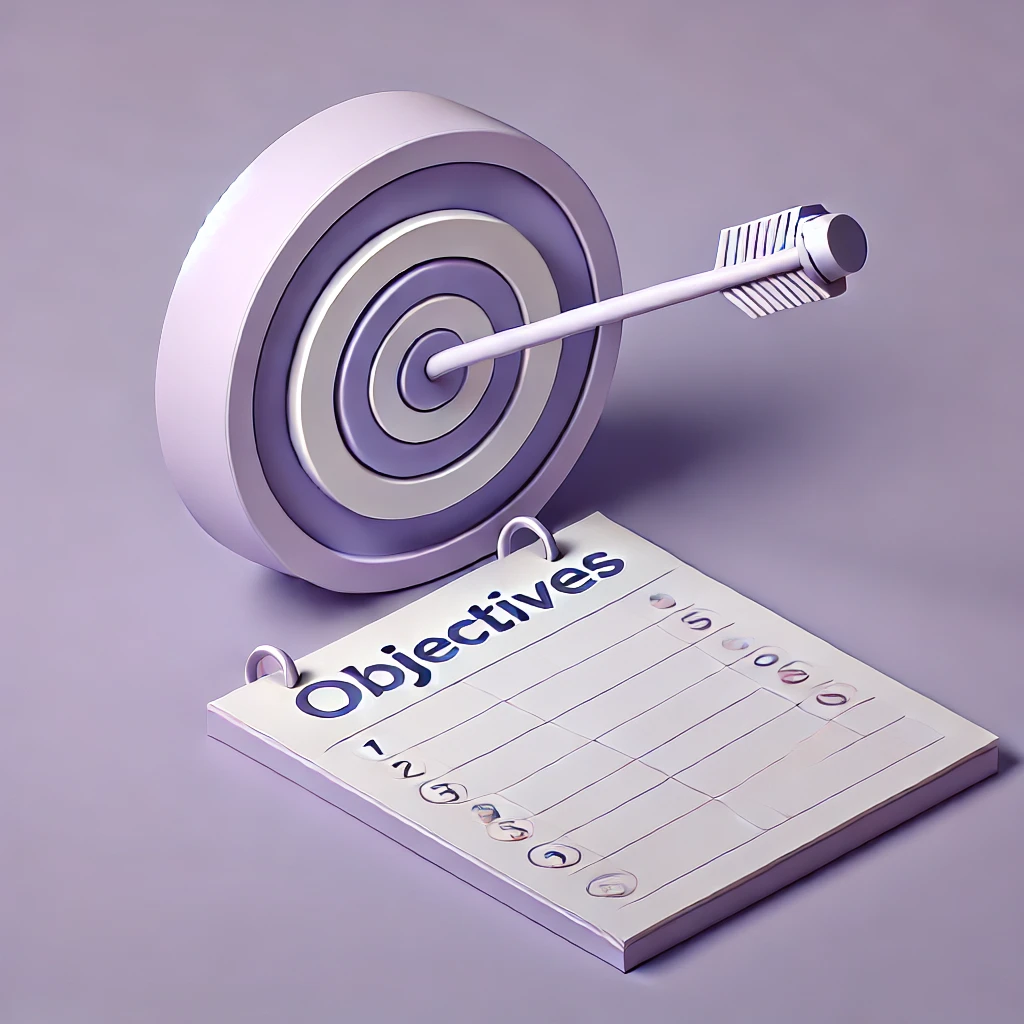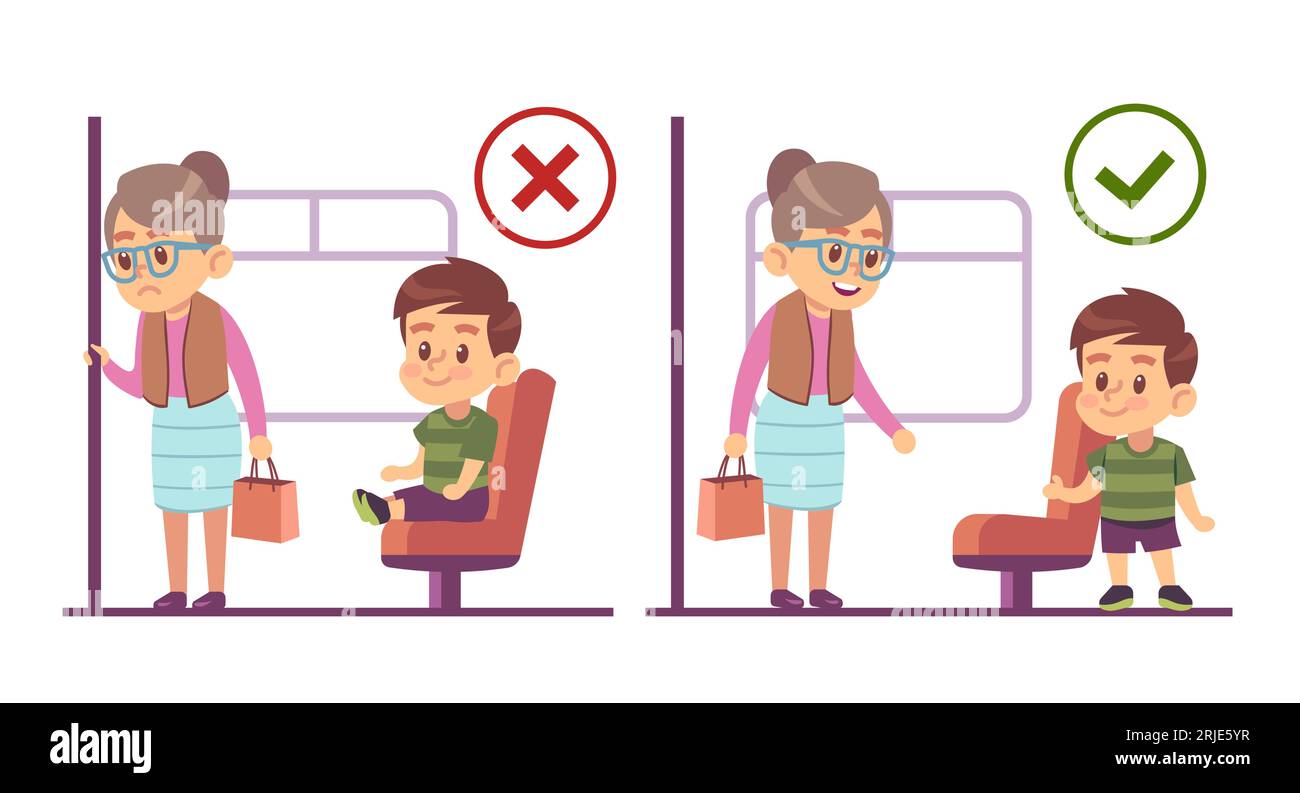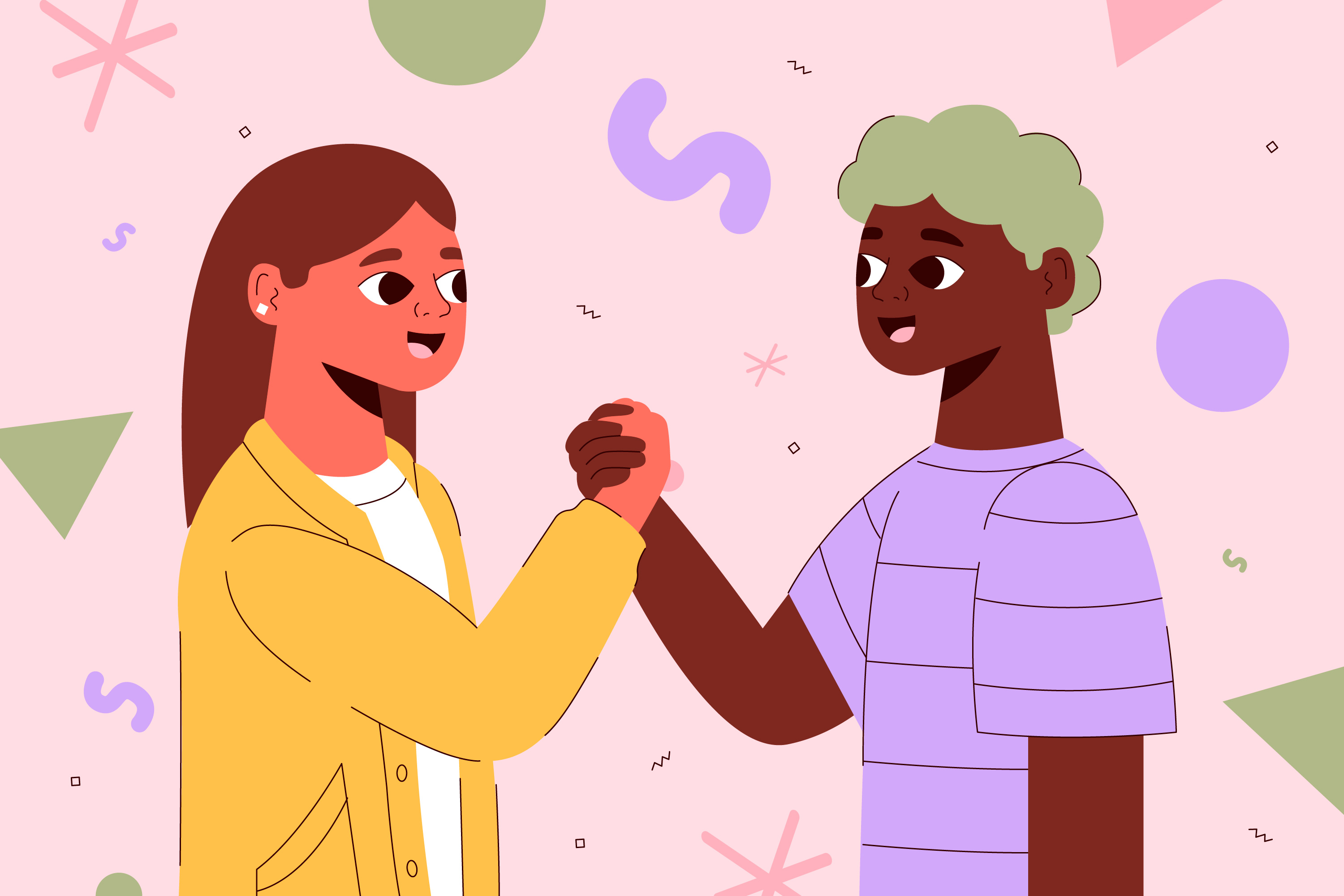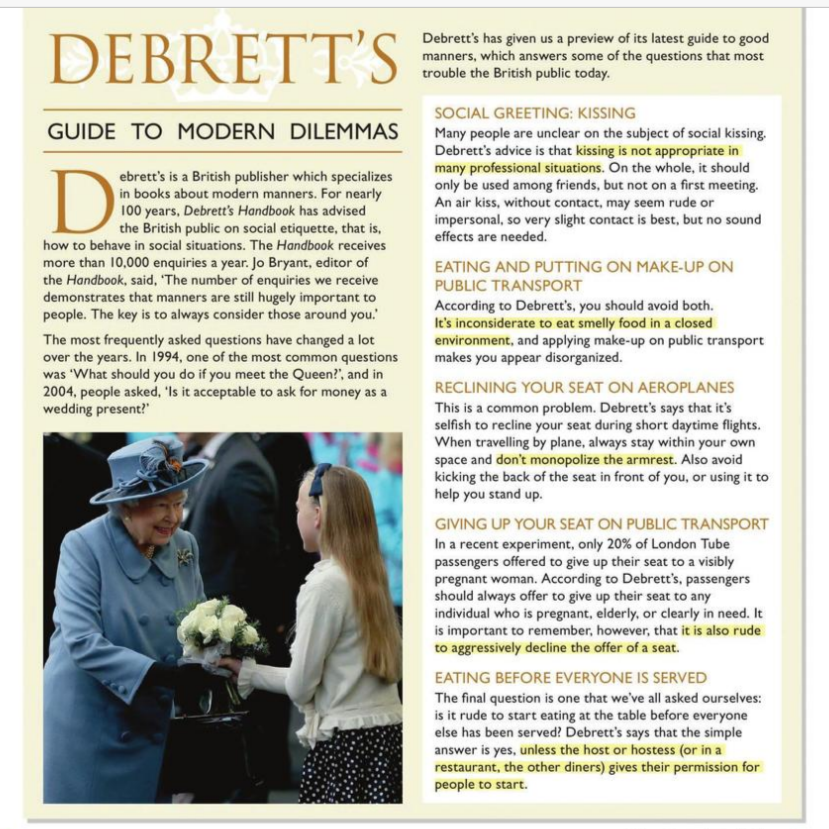Het arrangement Etiquette is gemaakt met Wikiwijs van Kennisnet. Wikiwijs is hét onderwijsplatform waar je leermiddelen zoekt, maakt en deelt.
- Auteur
- Laatst gewijzigd
- 21-08-2025 11:15:03
- Licentie
-
Dit lesmateriaal is gepubliceerd onder de Creative Commons Naamsvermelding 4.0 Internationale licentie. Dit houdt in dat je onder de voorwaarde van naamsvermelding vrij bent om:
- het werk te delen - te kopiëren, te verspreiden en door te geven via elk medium of bestandsformaat
- het werk te bewerken - te remixen, te veranderen en afgeleide werken te maken
- voor alle doeleinden, inclusief commerciële doeleinden.
Meer informatie over de CC Naamsvermelding 4.0 Internationale licentie.
Aanvullende informatie over dit lesmateriaal
Van dit lesmateriaal is de volgende aanvullende informatie beschikbaar:
- Toelichting
- After this lesson you will be able to have a discussion about etiquettes
- Leerniveau
- Volwasseneneducatie, Niveau 3;
- Leerinhoud en doelen
- Sociaal-maatschappelijk burgerschap; Burgerschap; Culturen en subculturen;
- Eindgebruiker
- leerling/student
- Moeilijkheidsgraad
- gemiddeld
Bronnen
| Bron | Type |
|---|---|
|
https://youtube.com/shorts/e9ie7hC-ZAk?si=GmgVUkpDBNDWJHKP https://youtube.com/shorts/e9ie7hC-ZAk?si=GmgVUkpDBNDWJHKP |
Video |

